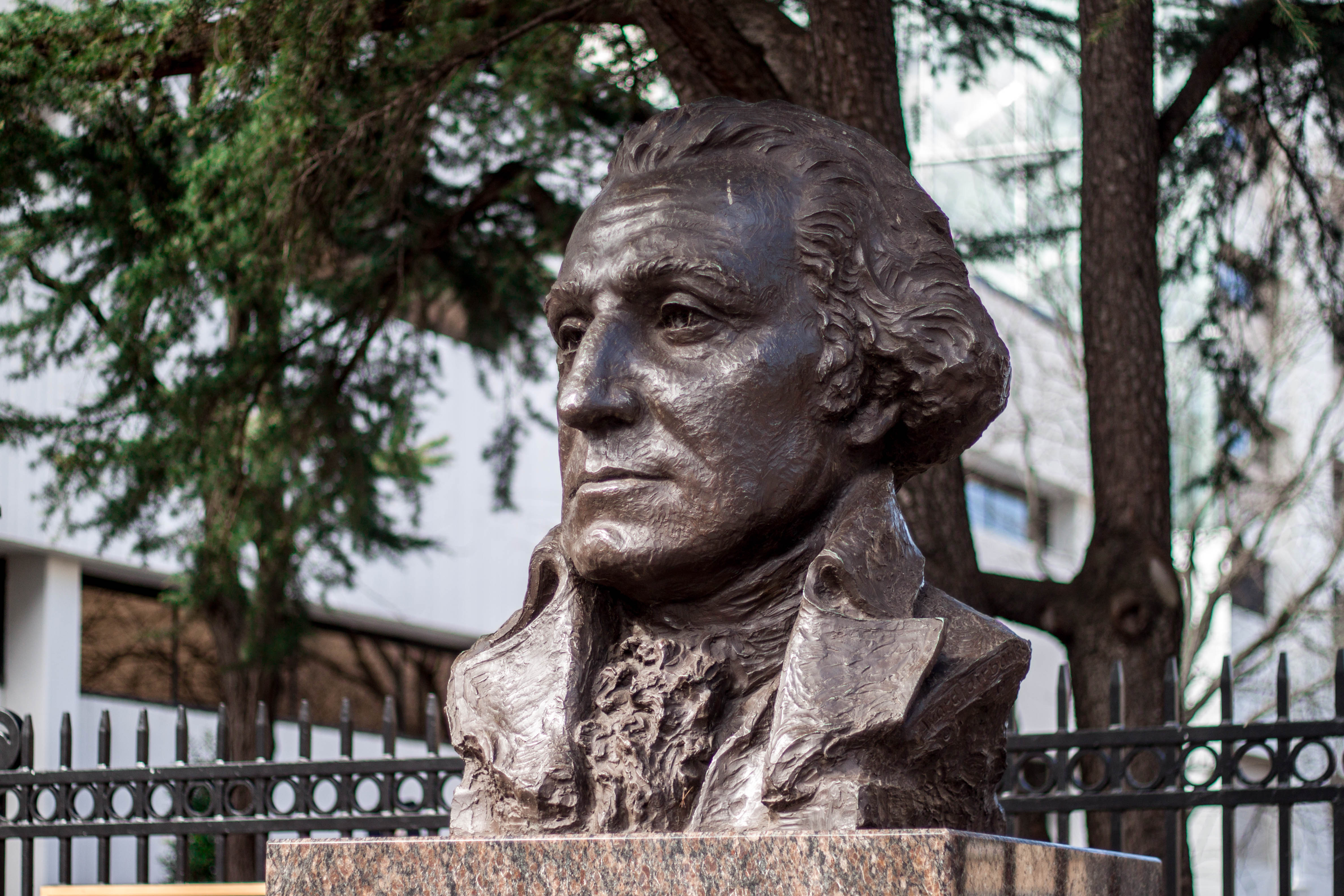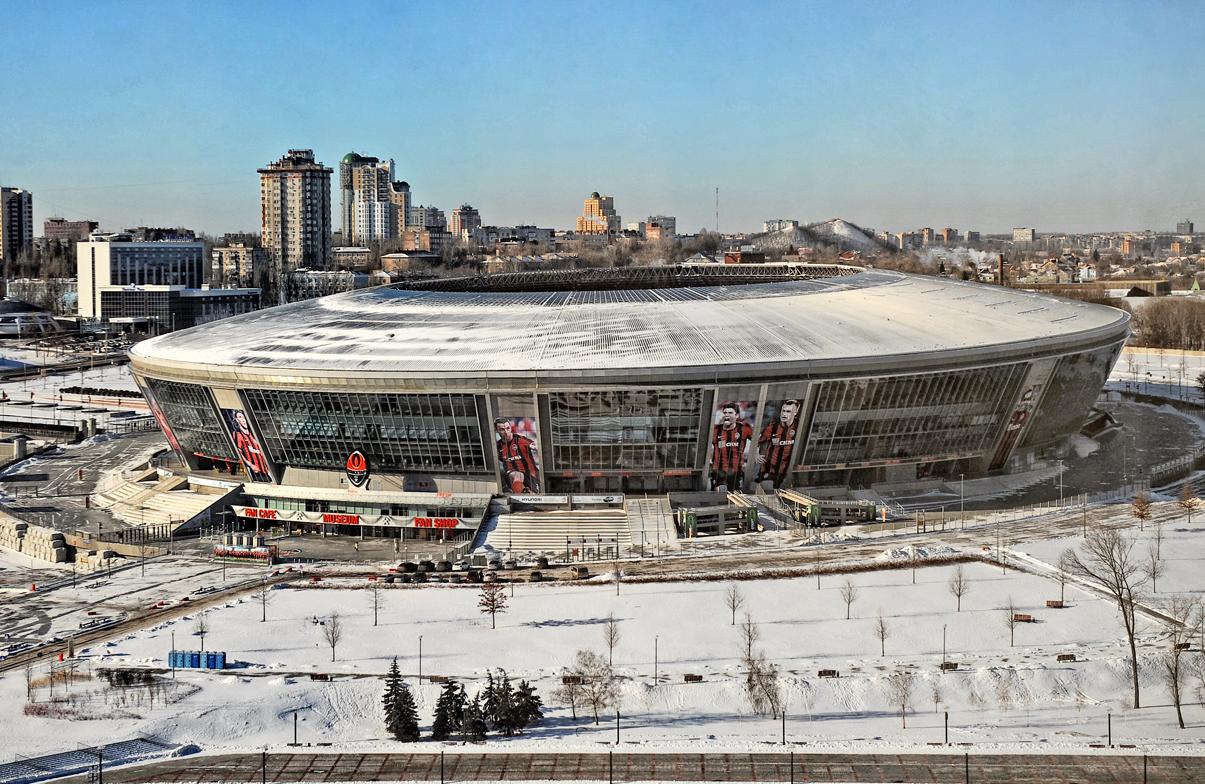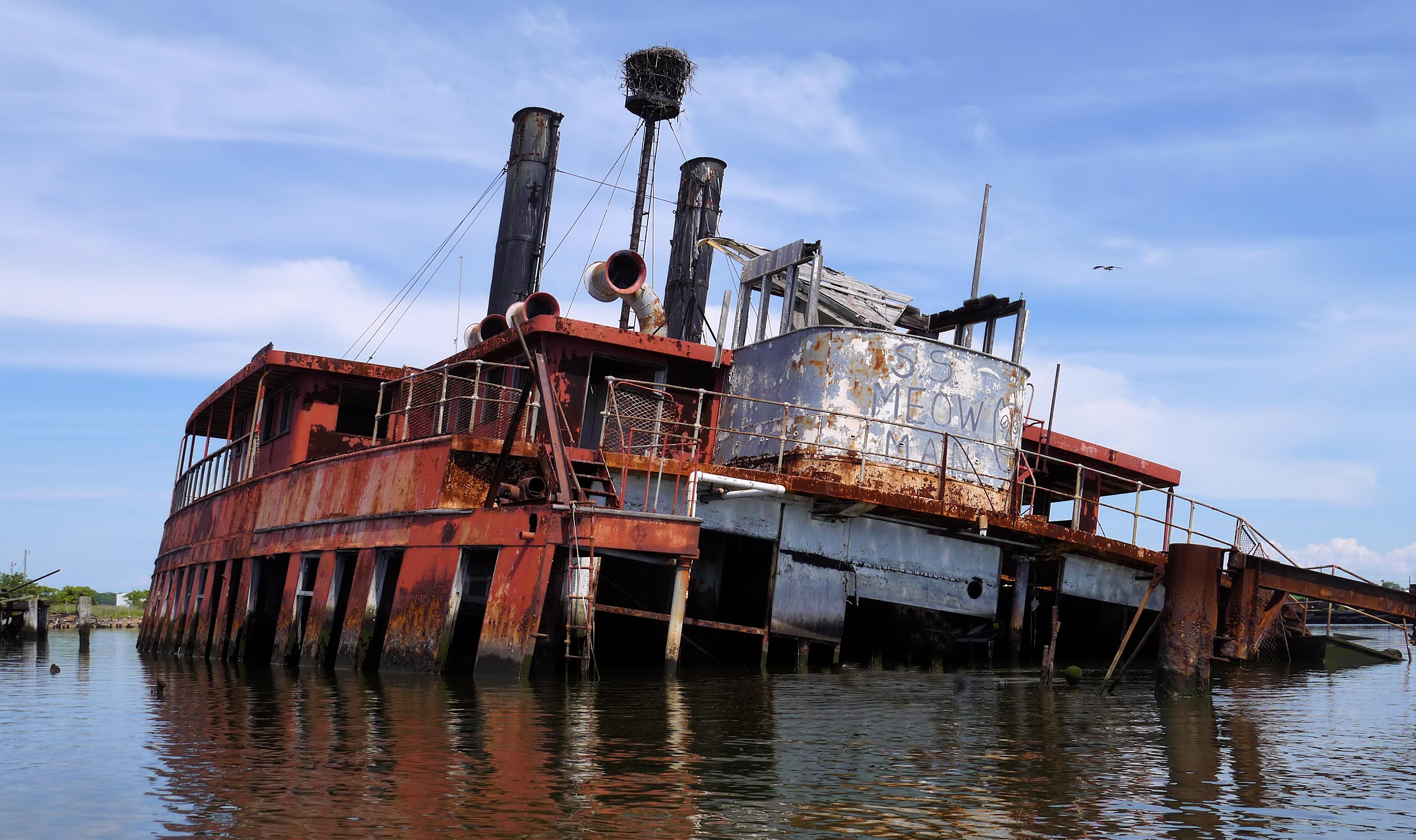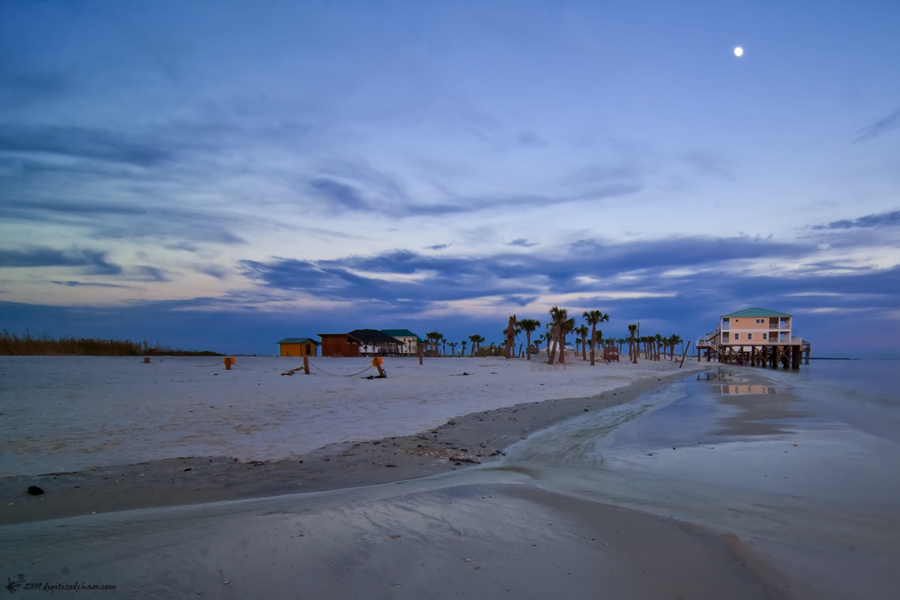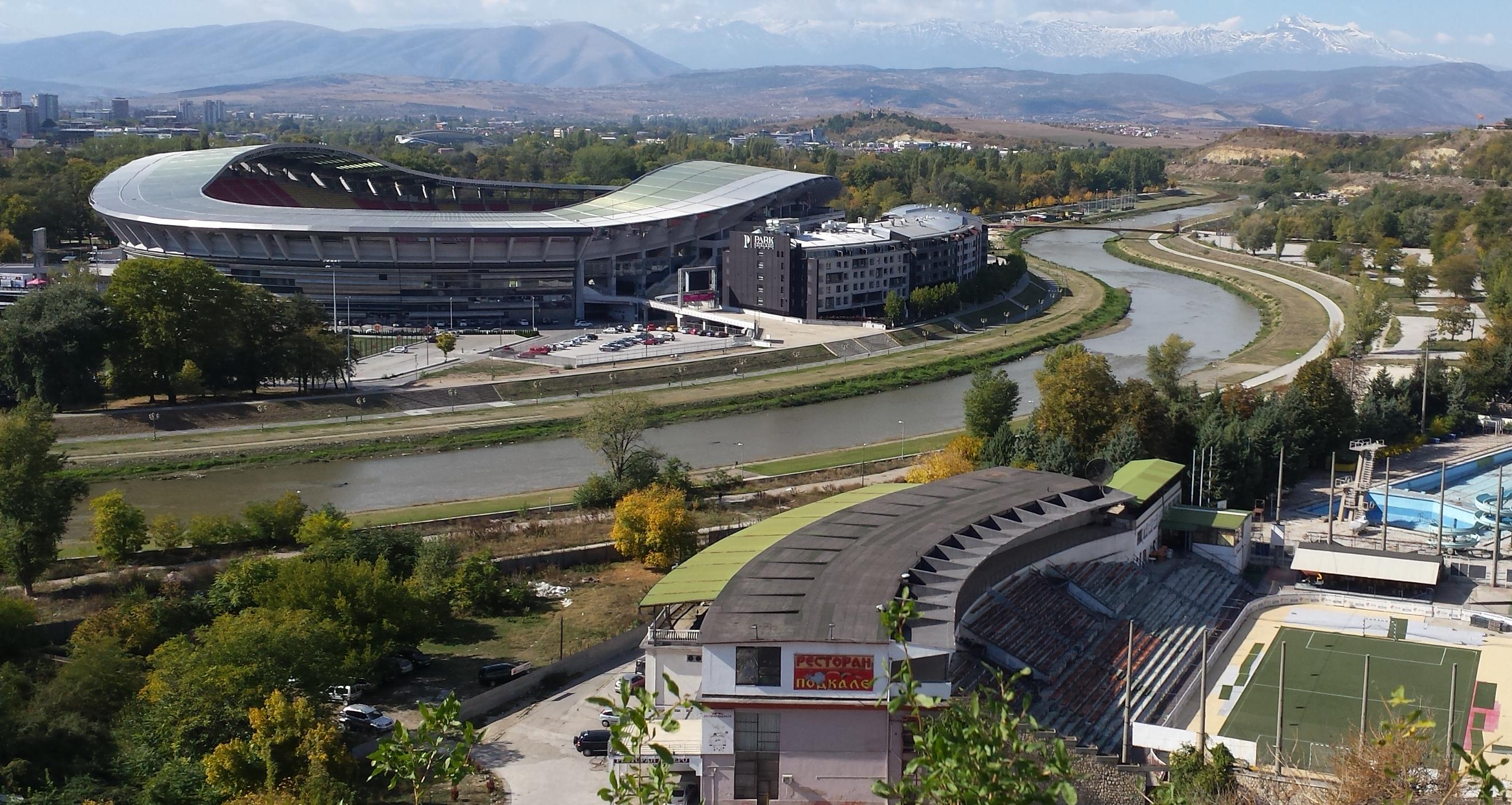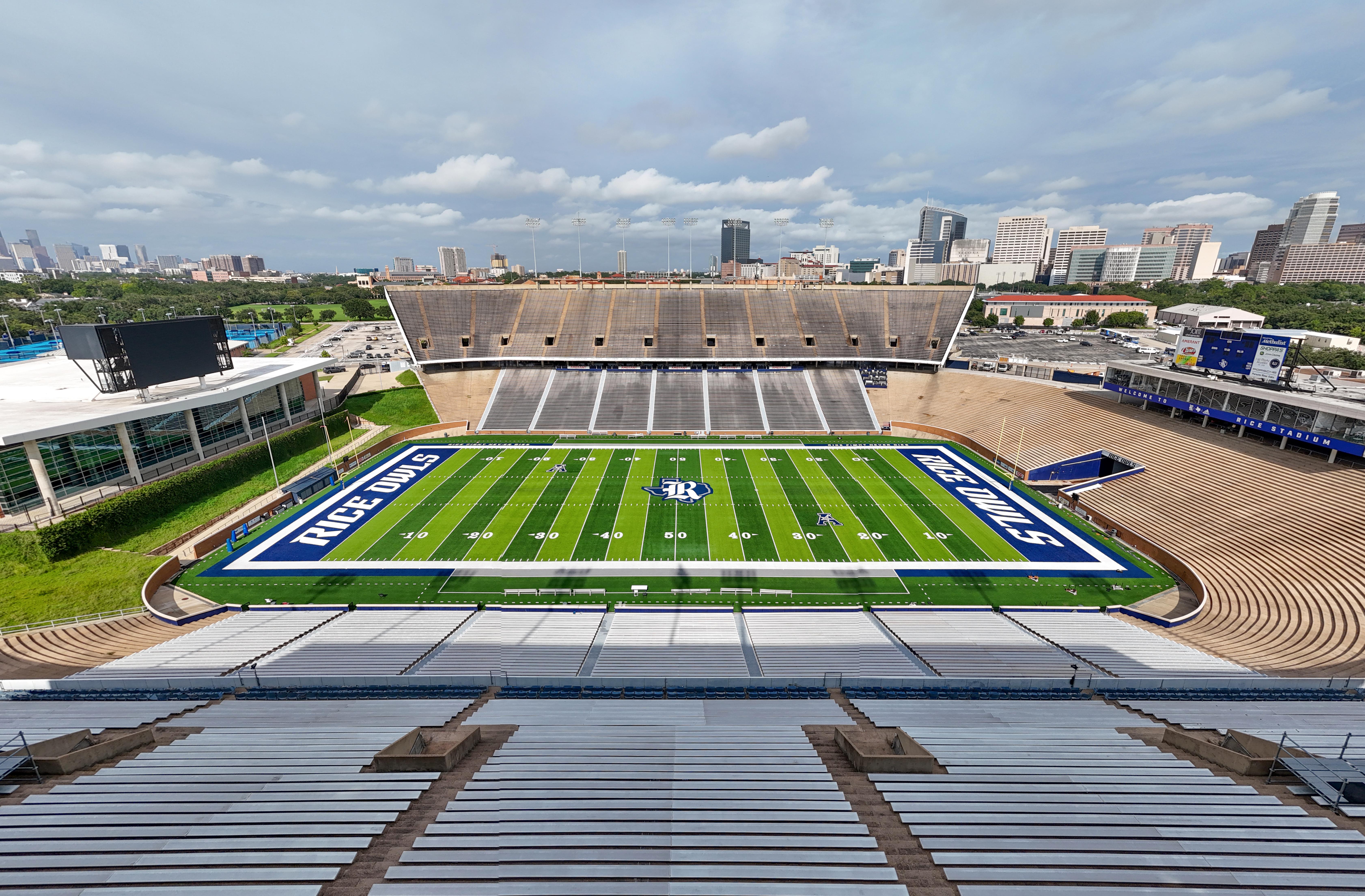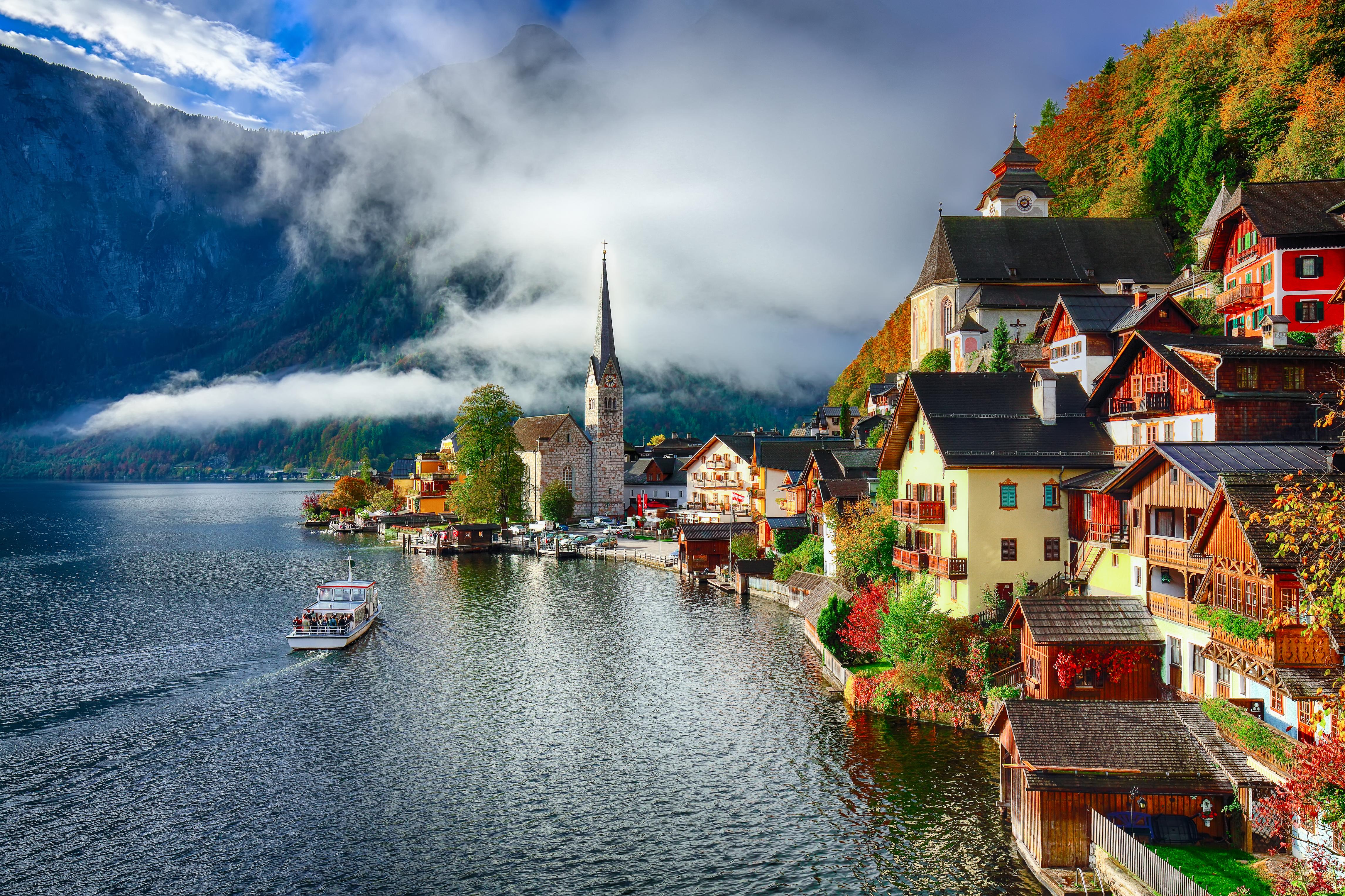16 Legendary Olympic Venues Where Dreams Were Made
The Olympic Games have long been a beacon of unity, competition, and human achievement. Every four years, athletes from across the globe converge on a chosen city, bringing with them hopes of glory and the dreams of their nations. Central to these games are the arenas that host them—venues that not only witness the making of history but often become legends themselves. These arenas are more than just structures; they are the crucibles where dreams are forged and destinies are altered. This article embarks on a journey to explore 16 of these iconic Olympic arenas, each with its own story and significance. From the ancient grounds of Olympia to the modern marvels of the 21st century, these venues have seen triumphs and tragedies, records set and broken, and have become eternal symbols of the Olympic spirit.
1. Olympia: The Birthplace of the Olympics
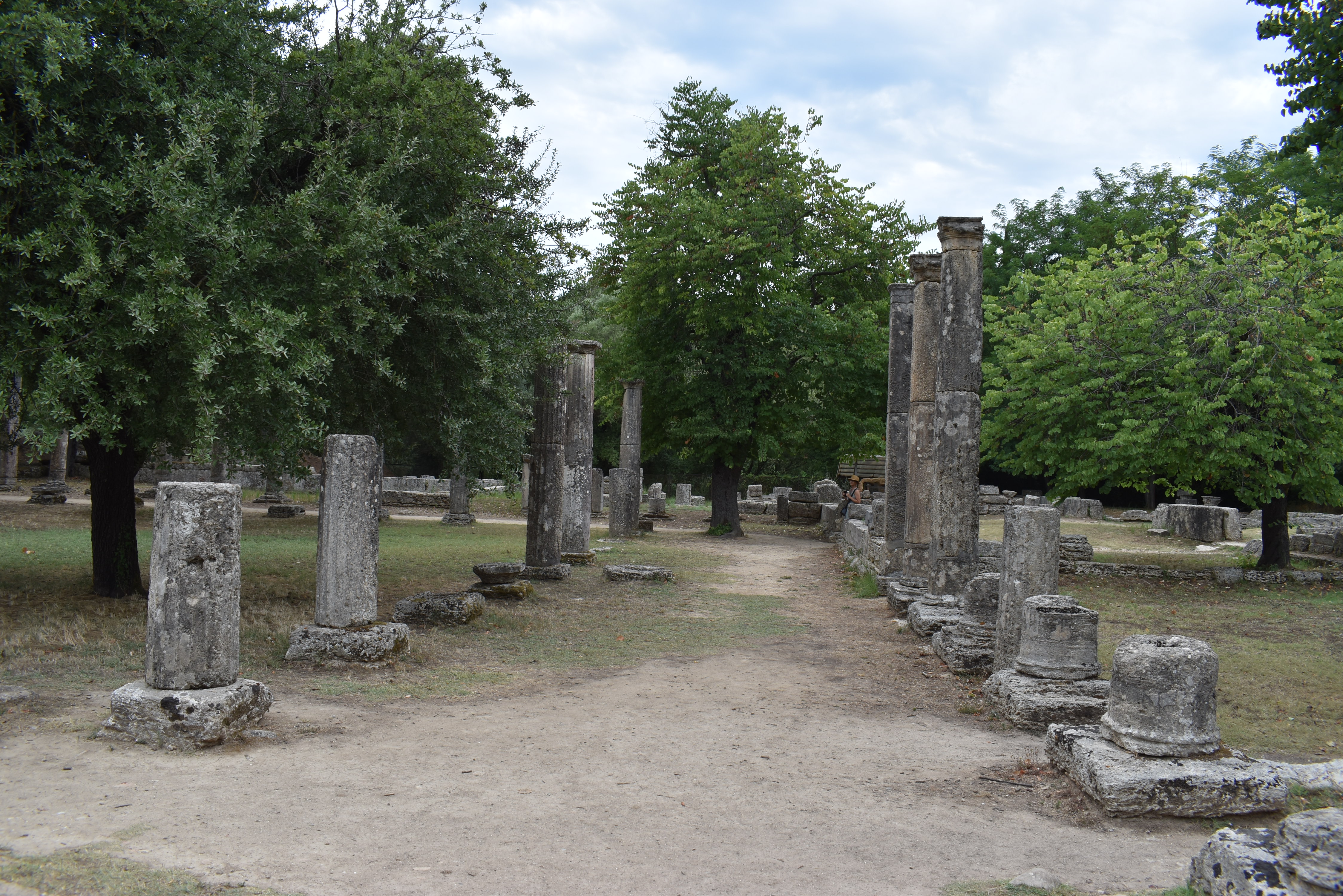
The ancient site of Olympia in Greece is where it all began. Dating back to 776 BC, Olympia was the venue for the original Olympic Games, held every four years in honor of Zeus. The games were a crucial part of Greek culture, fostering unity among city-states. The ruins of Olympia, with its temples and training grounds, offer a glimpse into the past where athletes competed in events like running, wrestling, and chariot racing. Although the original games ceased in 393 AD, Olympia remains a symbol of the Olympic spirit, a testament to the enduring legacy of athletic excellence and cultural exchange.
2. Panathenaic Stadium: A Revival of Ancient Glory
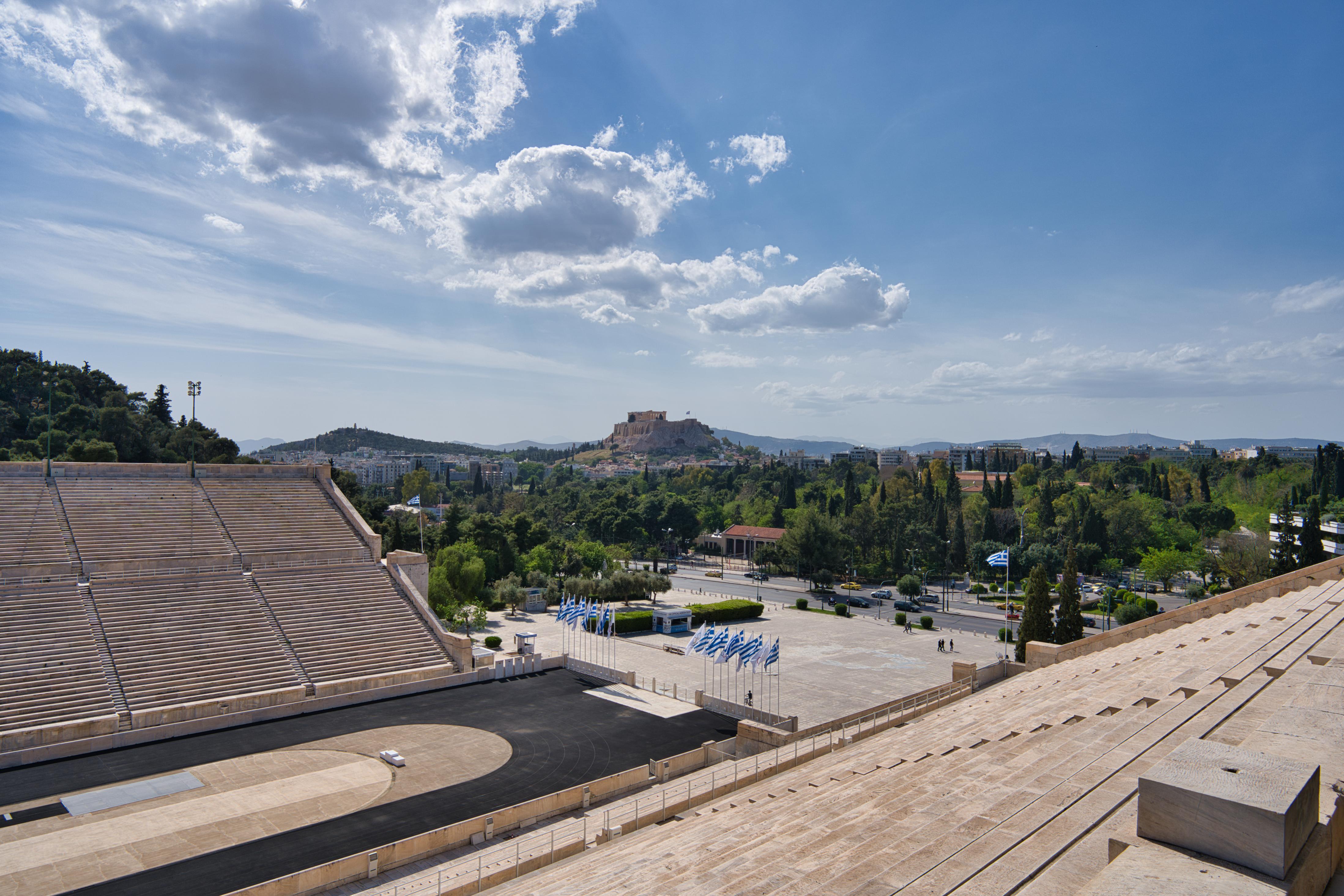
The Panathenaic Stadium in Athens is a marvel of ancient architecture, originally built in the 4th century BC and reconstructed in marble for the first modern Olympics in 1896. This stadium stands as a bridge between ancient and modern Olympic traditions. It was here that the first marathon was run, inspired by the legendary run of Pheidippides. The Panathenaic Stadium's horseshoe shape and marble seating continue to captivate visitors, serving as a reminder of the enduring allure of the Olympic Games and their ability to connect the past with the present.
3. Berlin's Olympiastadion: A Stage for Controversy and Triumph
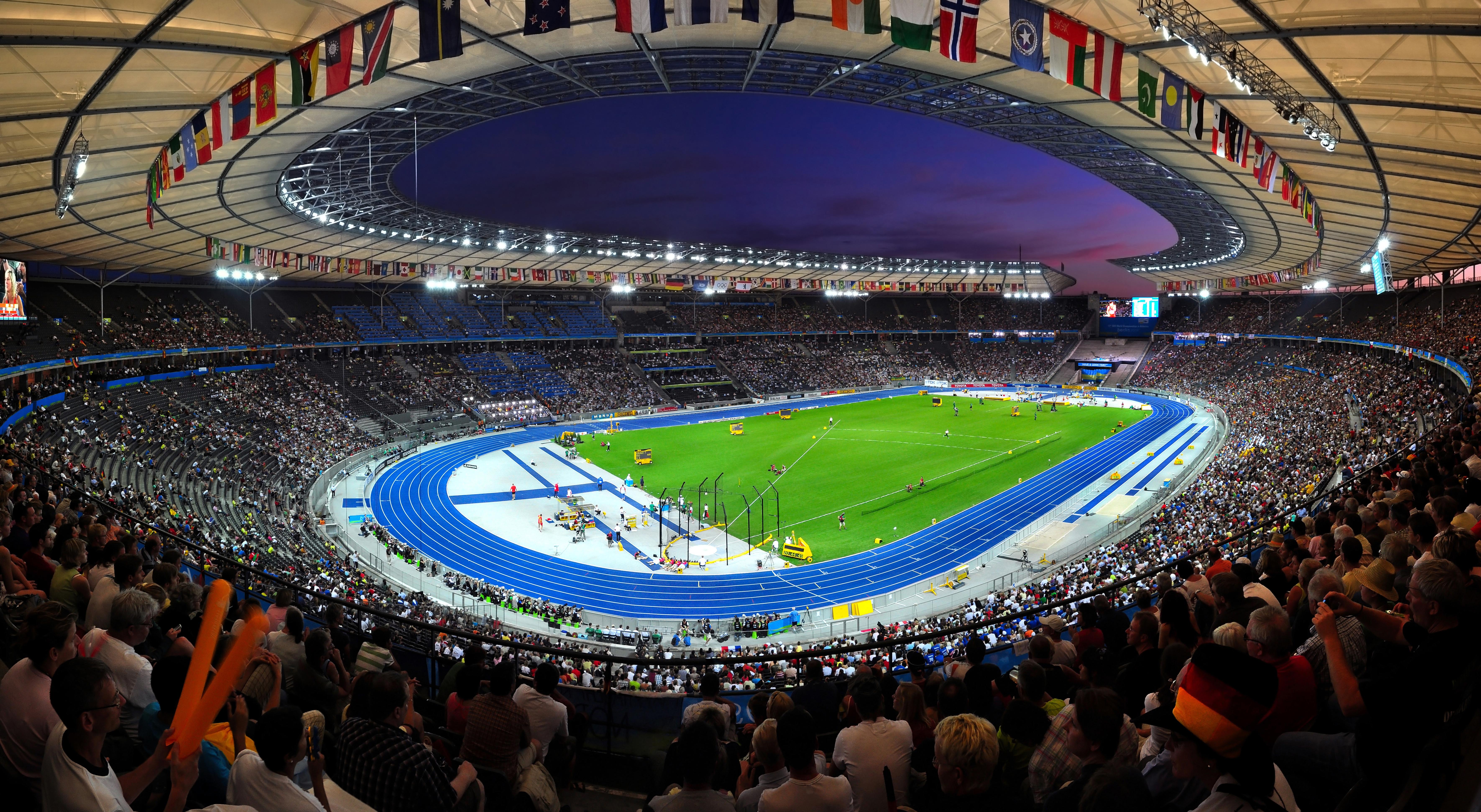
The Olympiastadion in Berlin, built for the 1936 Games, is perhaps one of the most politically charged venues in Olympic history. Commissioned by Adolf Hitler, the stadium was intended to showcase Aryan supremacy. However, it was here that African American athlete Jesse Owens defied Nazi ideology by winning four gold medals, becoming a symbol of resistance and triumph over oppression. The Olympiastadion stands today as a reminder of the complex interplay between sports and politics, and the power of the Olympic spirit to transcend boundaries and challenge prejudices.
4. Helsinki Olympic Stadium: A Nordic Beacon
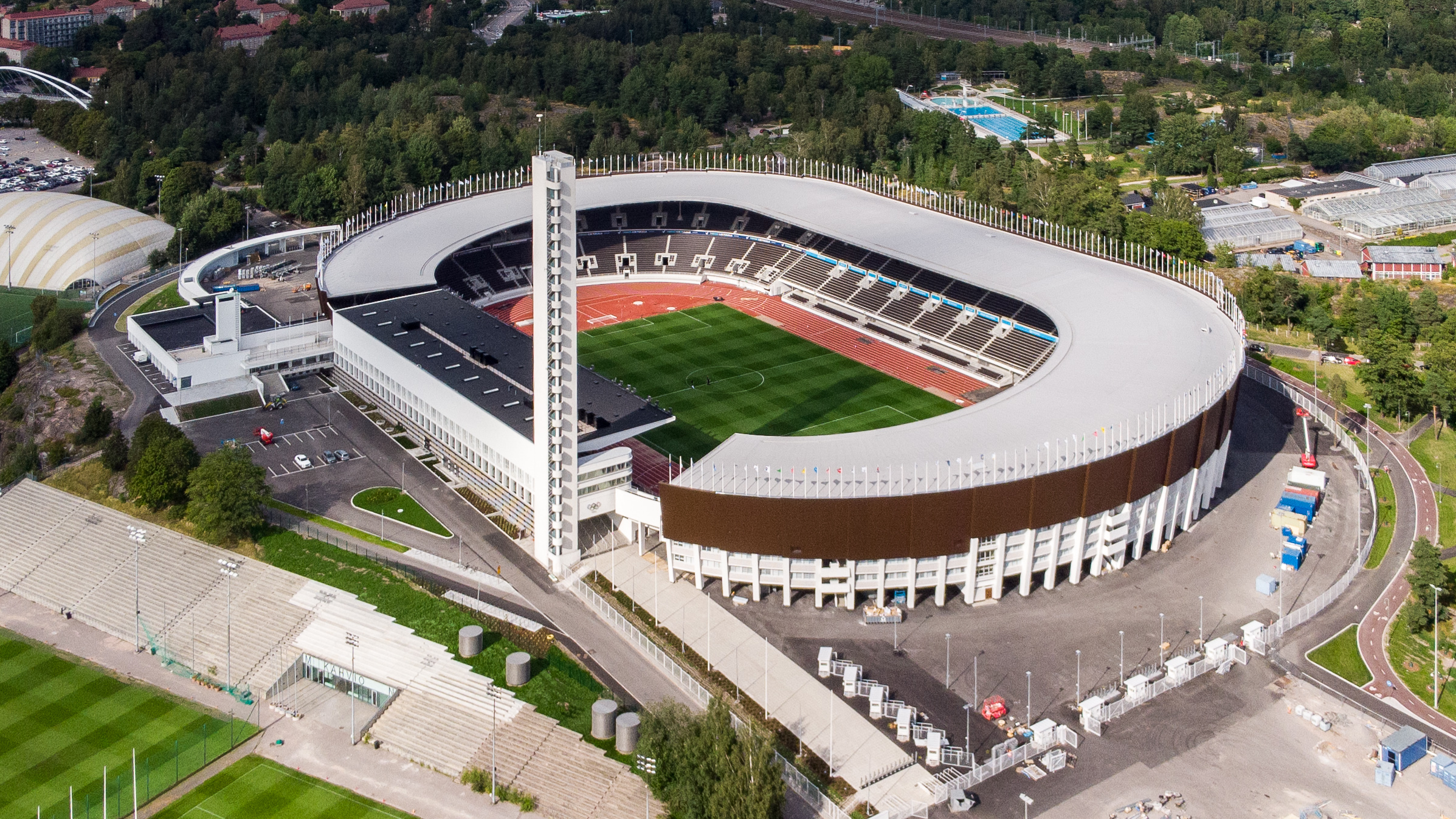
The Helsinki Olympic Stadium, host of the 1952 Summer Olympics, is a testament to Finland's resilience and determination. Postponed by World War II, the 1952 Games marked Finland's emergence from the shadows of conflict. The stadium's iconic tower offers panoramic views of Helsinki, symbolizing the city's openness and progress. The Helsinki Olympics were notable for the participation of the Soviet Union and Israel for the first time, highlighting the stadium's role in fostering international dialogue and cooperation. The venue continues to serve as a cultural and sporting hub, embodying the Olympic ideals of peace and unity.
5. Melbourne Cricket Ground: A Southern Hemisphere Milestone

The Melbourne Cricket Ground (MCG) holds a special place in Olympic history as the first venue in the Southern Hemisphere to host the Games, in 1956. The MCG is renowned for its rich sporting heritage, primarily as a cricket and Australian Rules football venue. The 1956 Olympics were marked by the "Friendly Games" spirit, with athletes and spectators alike embracing the warmth and hospitality of Australia. The MCG remains a symbol of the global reach of the Olympics, demonstrating how the games can unite people from diverse cultures and backgrounds in celebration of human achievement.
6. Tokyo's National Stadium: A Symbol of Resilience
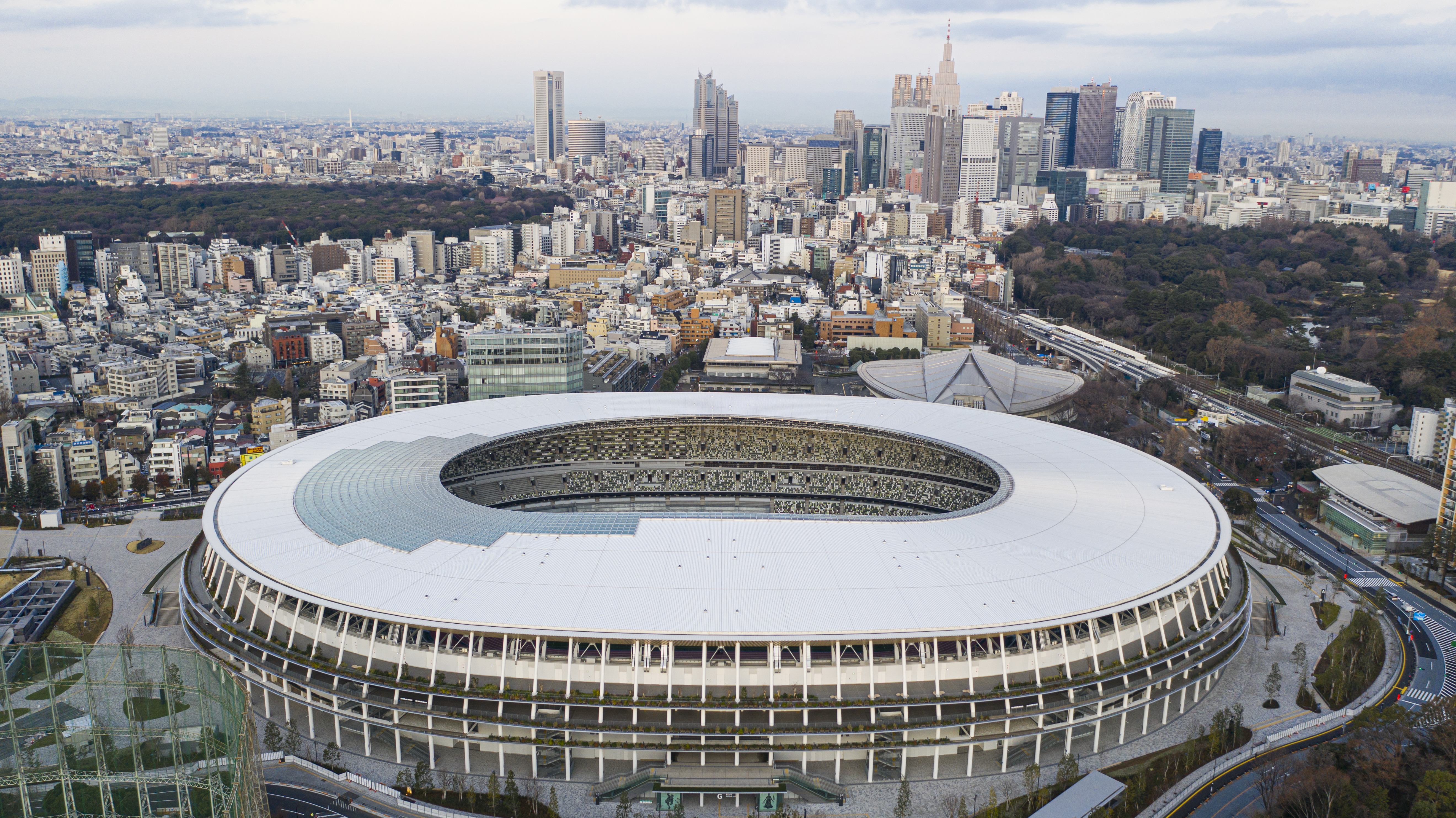
Tokyo's National Stadium, originally built for the 1964 Olympics, symbolizes Japan's post-war recovery and modernization. The 1964 Games were the first to be broadcast live via satellite, showcasing Japan's technological prowess. The stadium was recently rebuilt for the 2020 Olympics, blending traditional Japanese aesthetics with cutting-edge design. Tokyo's National Stadium stands as a testament to the resilience of a nation that rose from the ashes of war to become a global leader, and to the enduring power of the Olympics to inspire and uplift.
7. Mexico City's Estadio Olímpico Universitario: A Cultural Revolution
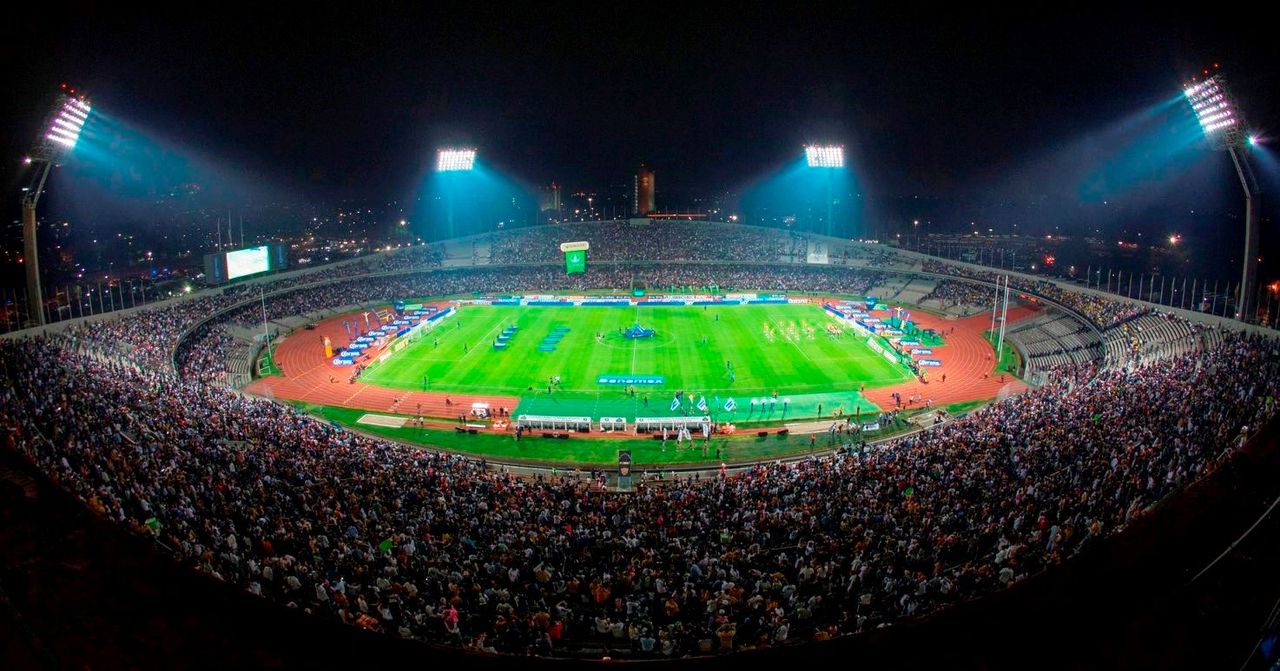
The Estadio Olímpico Universitario in Mexico City, host of the 1968 Games, is remembered for its vibrant cultural expression and political activism. The 1968 Olympics were marked by the Black Power salute, a powerful statement against racial discrimination. The stadium's architecture, adorned with murals by Diego Rivera, reflects Mexico's rich cultural heritage. The Mexico City Games were also the first to be held in Latin America, highlighting the region's growing influence on the global stage. The Estadio Olímpico Universitario remains a symbol of the power of sport to drive social change and cultural dialogue.
8. Munich's Olympiastadion: A Triumph Over Tragedy
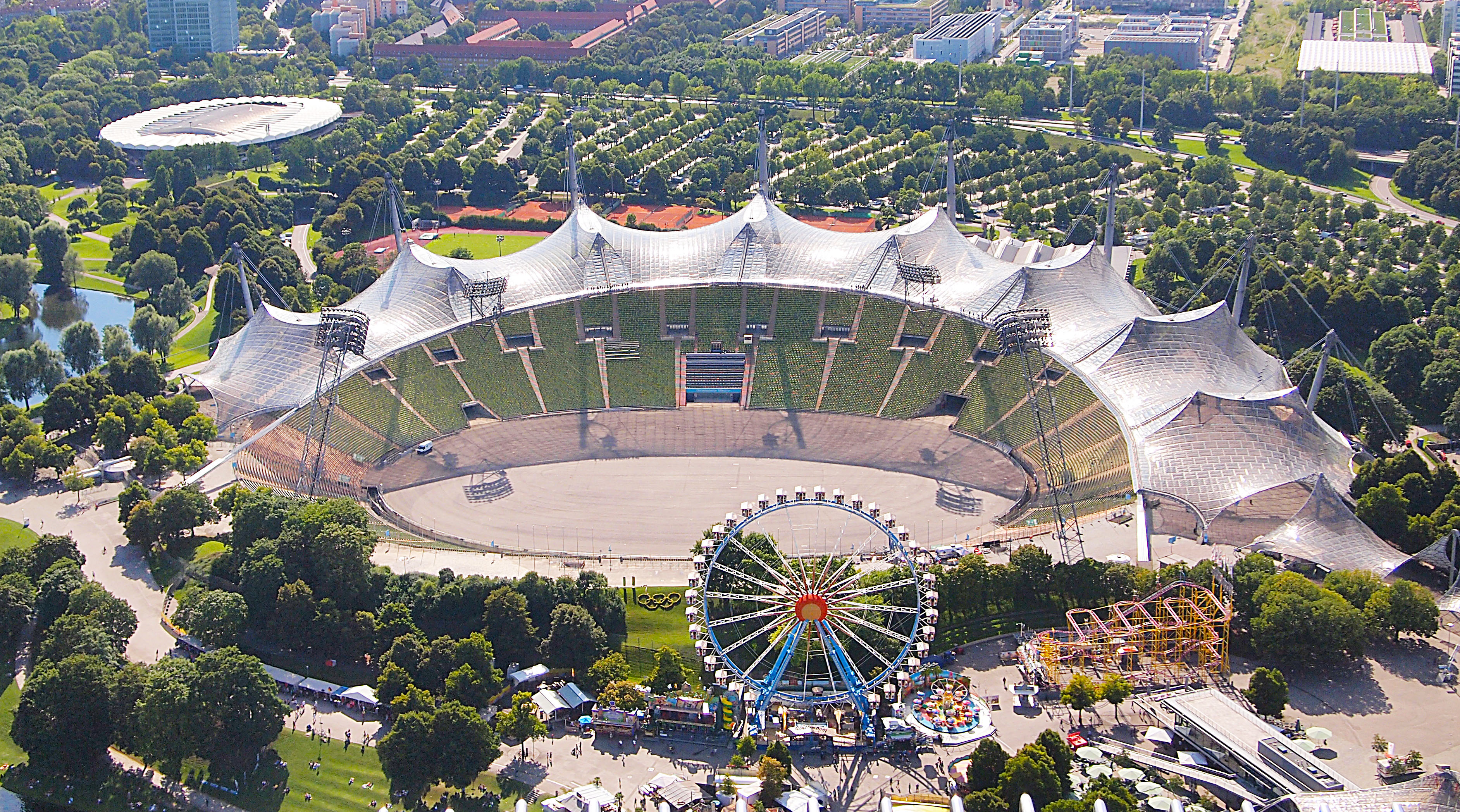
The Olympiastadion in Munich, built for the 1972 Games, is etched in history for both its architectural innovation and the tragic events that unfolded there. Designed with sweeping canopies of acrylic glass, the stadium was a symbol of modernity and transparency. However, the Munich Games were overshadowed by the terrorist attack that claimed the lives of eleven Israeli athletes. Despite this tragedy, the Olympiastadion stands as a testament to the resilience of the Olympic spirit, a reminder of the need for peace and understanding in a world often divided by conflict.
9. Montreal's Olympic Stadium: An Architectural Ambition
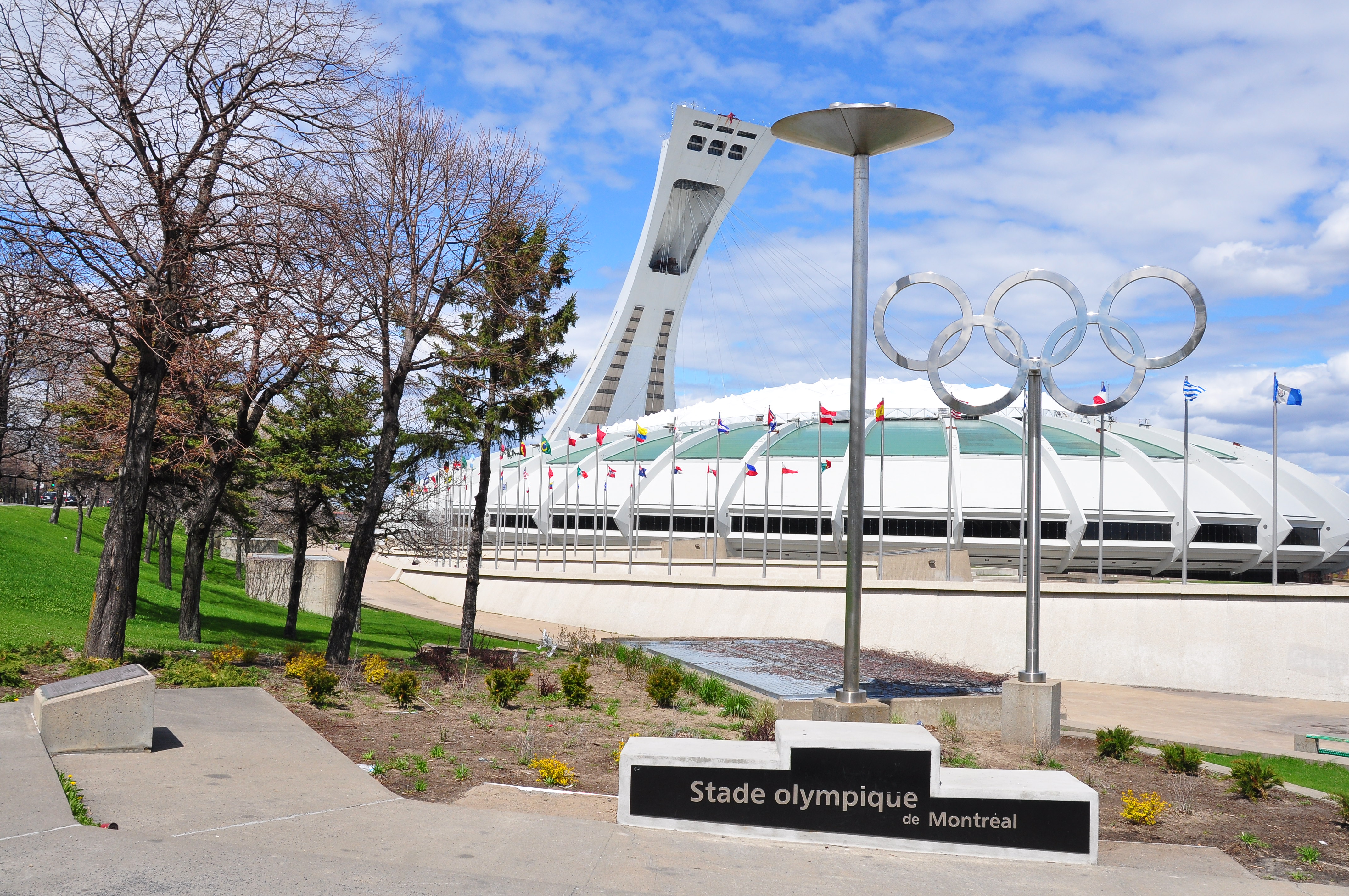
Montreal's Olympic Stadium, with its futuristic design and towering inclined tower, was the centerpiece of the 1976 Games. The stadium's construction was plagued by delays and cost overruns, earning it the nickname "The Big Owe." Despite these challenges, the Montreal Olympics were notable for the debut of Nadia Comăneci, who scored the first perfect 10 in gymnastics. The stadium remains an icon of architectural ambition and a symbol of Montreal's determination to host a successful Olympic Games, despite the obstacles it faced.
10. Moscow's Luzhniki Stadium: A Cold War Arena
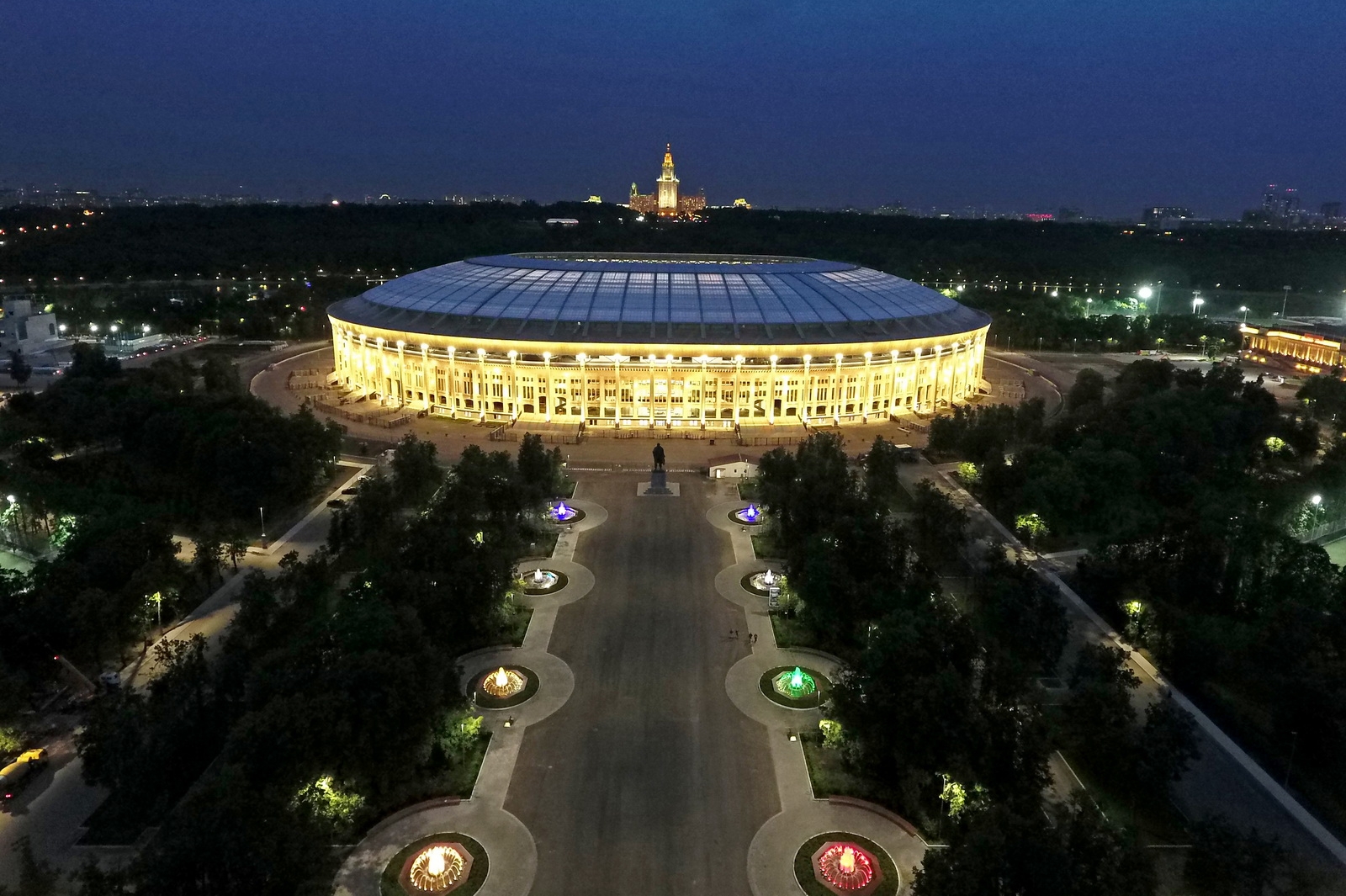
The Luzhniki Stadium in Moscow, host of the 1980 Olympics, is a symbol of the Cold War era. The Games were boycotted by several Western nations in protest of the Soviet invasion of Afghanistan. Despite the political tensions, the Moscow Olympics showcased the athletic prowess of Eastern Bloc countries. The Luzhniki Stadium, with its imposing architecture and vast seating capacity, remains a symbol of the complex interplay between sports and politics during a turbulent period in history. Today, it continues to host major sporting events, reflecting Russia's enduring passion for athletics.
11. Los Angeles Memorial Coliseum: A Legacy of Innovation
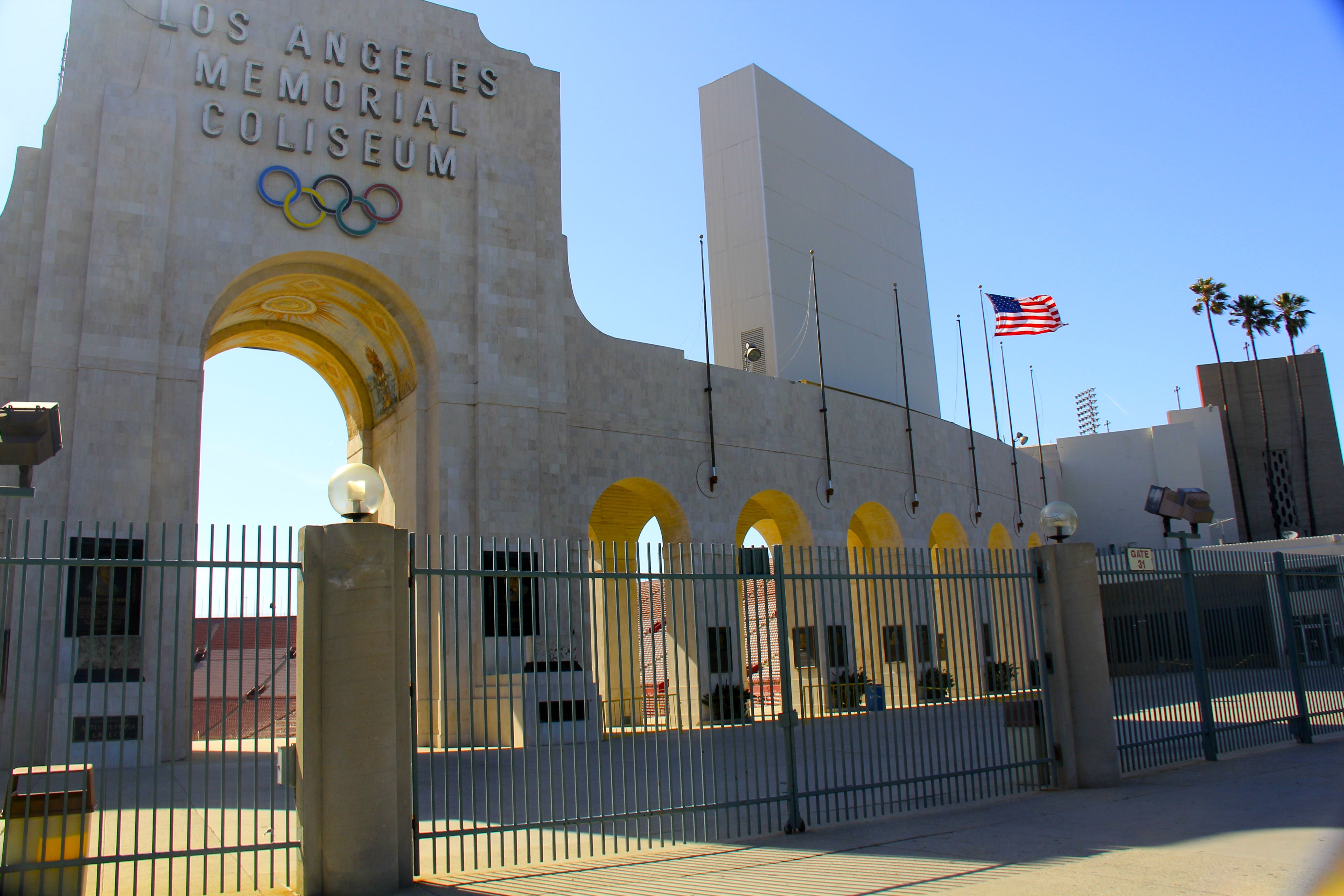
The Los Angeles Memorial Coliseum, host of the 1932 and 1984 Olympics, is a symbol of American innovation and resilience. The 1932 Games introduced the concept of an Olympic Village, setting a precedent for future Olympics. The 1984 Games, held during a time of economic uncertainty, were the first to be privately funded, setting a new standard for financial sustainability. The Coliseum's iconic peristyle and Olympic cauldron continue to inspire, serving as a reminder of the enduring legacy of the Olympics in promoting creativity and adaptability in the face of challenges.
12. Seoul's Olympic Stadium: Bridging Divides
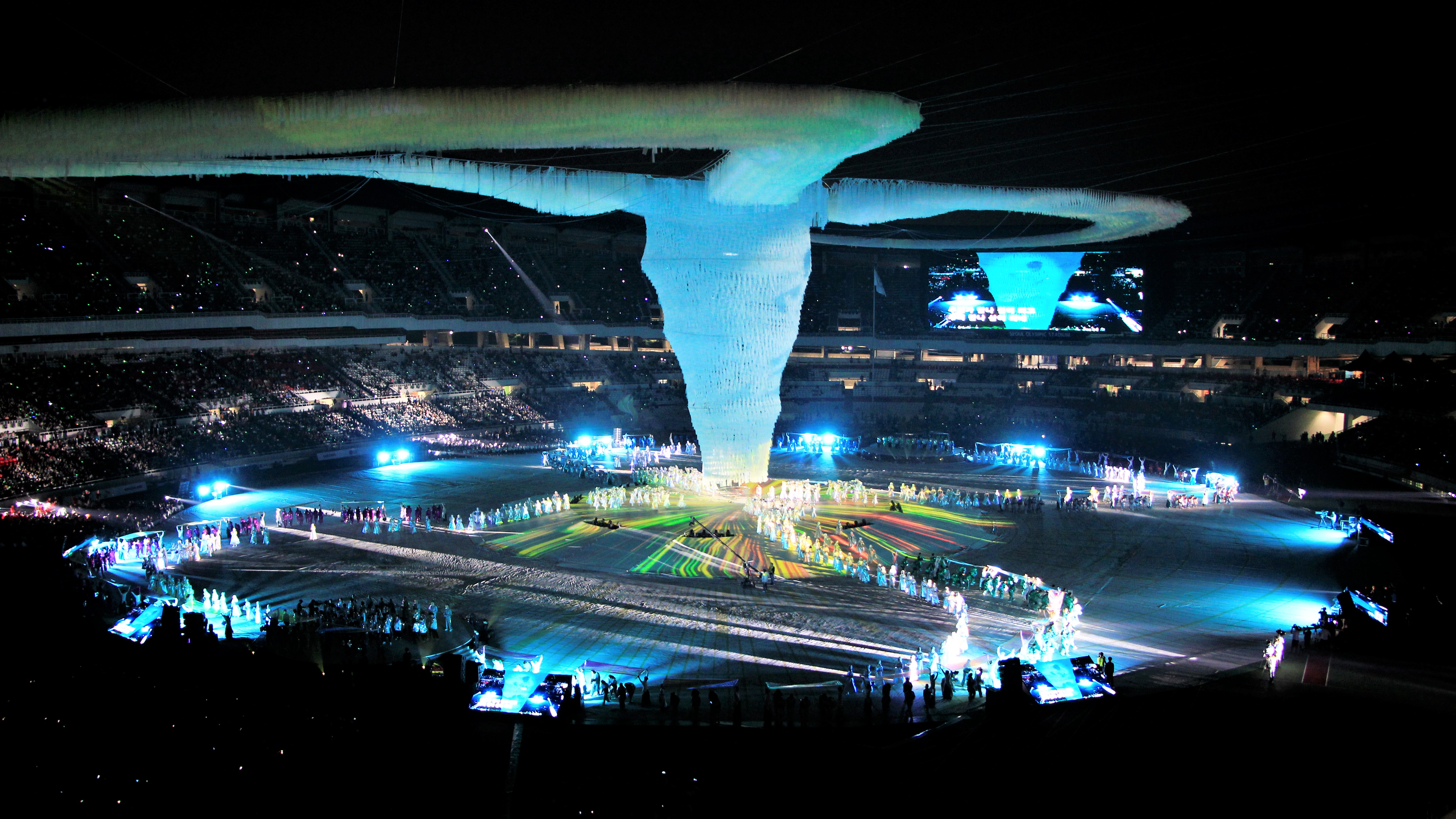
Seoul's Olympic Stadium, built for the 1988 Games, played a crucial role in South Korea's emergence as a global economic power. The Seoul Olympics were notable for the participation of both North and South Korea, symbolizing a brief moment of reconciliation. The stadium's design, inspired by traditional Korean pottery, reflects the country's rich cultural heritage. The 1988 Games marked the return of several countries that had boycotted previous Olympics, highlighting the stadium's role in promoting international dialogue and cooperation. Today, it stands as a symbol of South Korea's progress and the power of sport to bridge divides.
13. Barcelona's Estadi Olímpic Lluís Companys: A Catalonian Renaissance
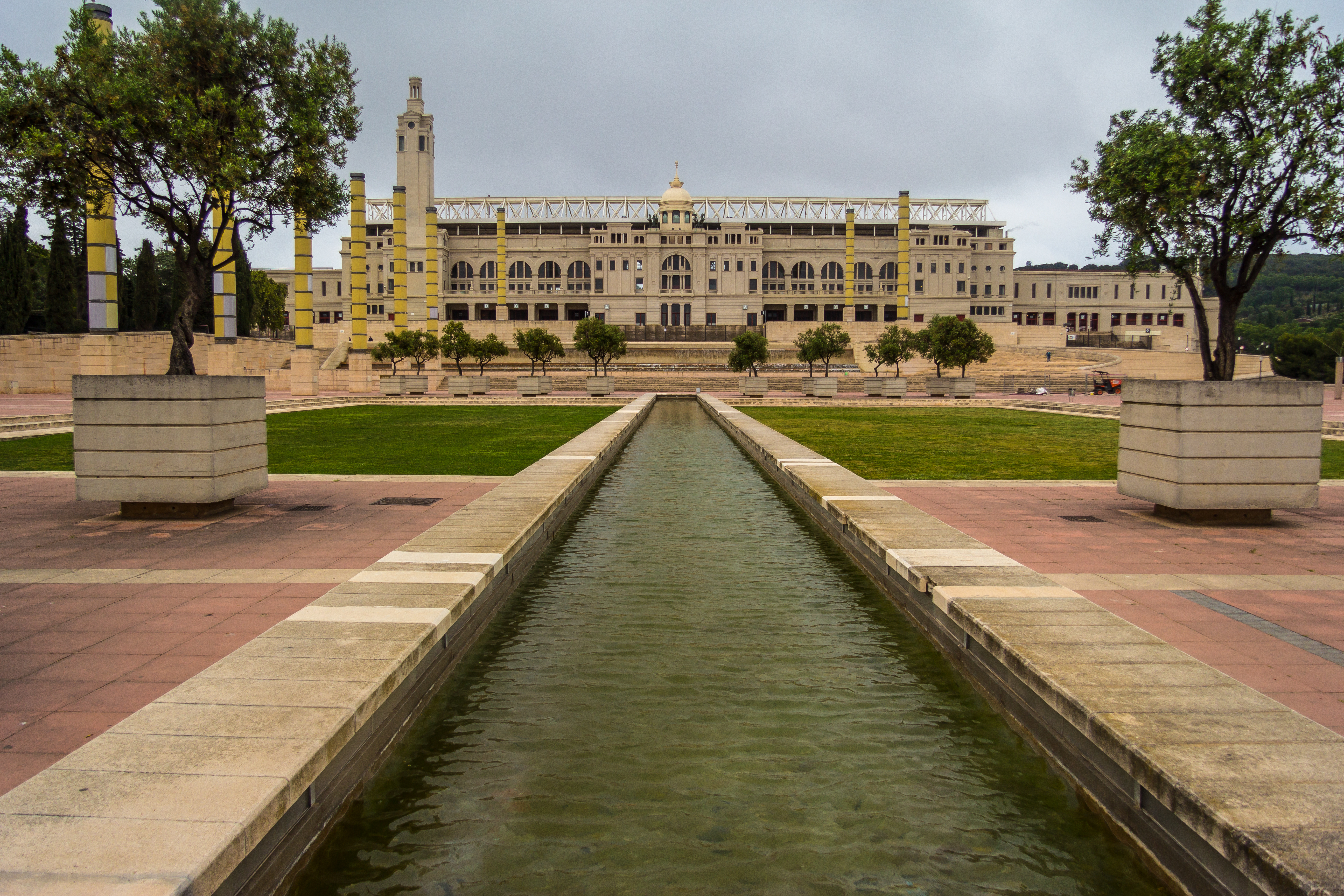
The Estadi Olímpic Lluís Companys in Barcelona, host of the 1992 Games, is a symbol of Catalonia's cultural renaissance. The 1992 Olympics were a turning point for Barcelona, transforming the city into a global tourist destination. The stadium, originally built in 1929, was renovated for the Games, blending historical architecture with modern amenities. The Barcelona Olympics were notable for their emphasis on cultural expression and environmental sustainability, setting new standards for future Games. The Estadi Olímpic Lluís Companys remains a symbol of Barcelona's vibrant spirit and the transformative power of the Olympics.
14. Sydney's Stadium Australia: A Green Legacy
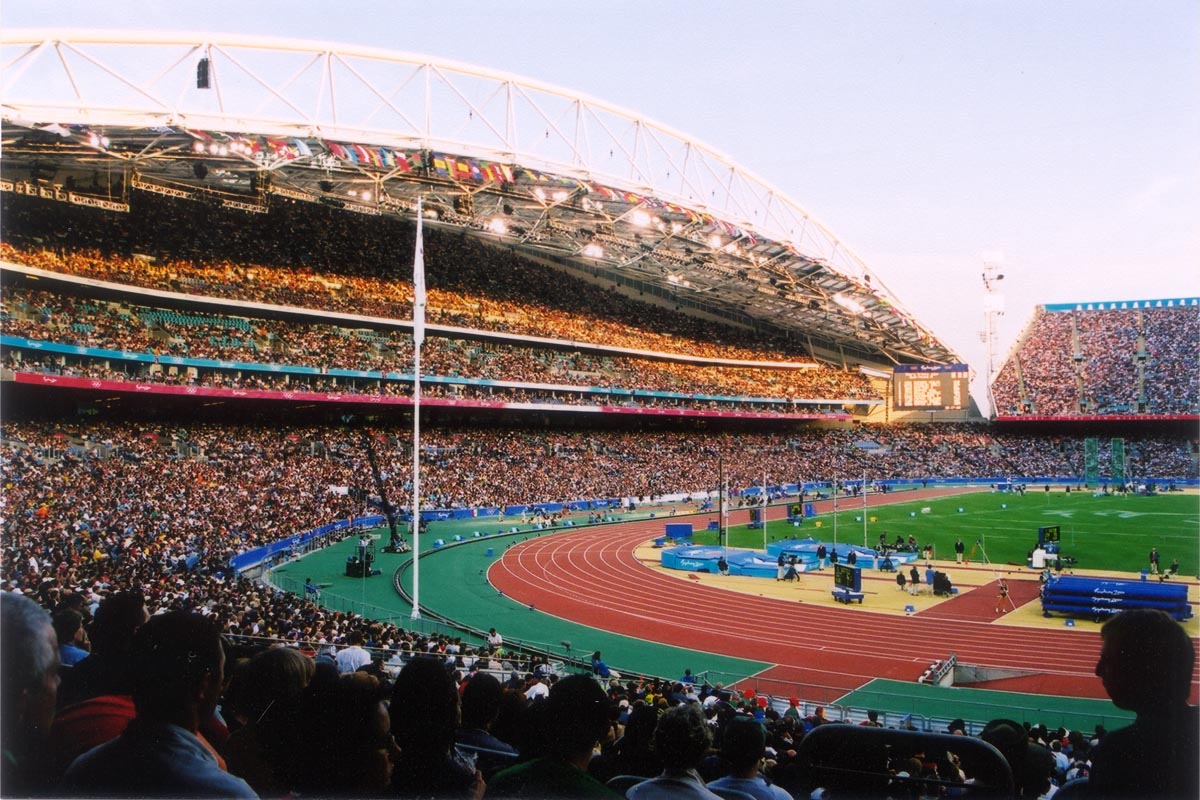
Stadium Australia in Sydney, host of the 2000 Games, is renowned for its commitment to environmental sustainability. The Sydney Olympics were dubbed the "Green Games" for their emphasis on eco-friendly practices, from solar-powered venues to extensive recycling programs. The stadium's innovative design and use of sustainable materials set a new benchmark for future Olympic venues. The Sydney Games were also notable for their celebration of Australia's indigenous culture, highlighting the stadium's role in promoting cultural diversity and environmental stewardship. Today, Stadium Australia continues to host major events, embodying the legacy of the Green Games.
15. Beijing National Stadium: A Modern Marvel
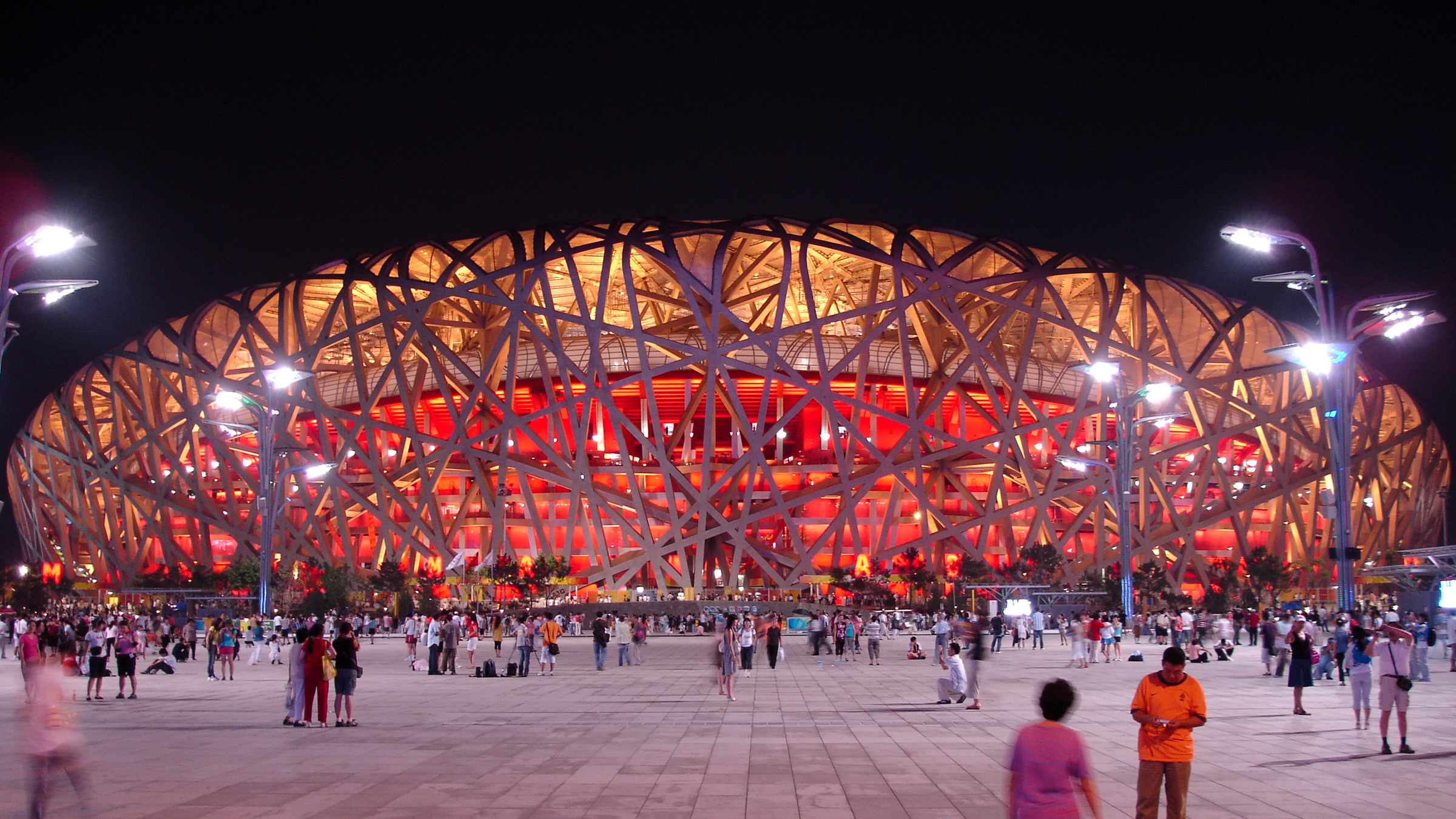
The Beijing National Stadium, also known as the "Bird's Nest," is an architectural masterpiece that captivated the world during the 2008 Olympics. Designed by Swiss architects Herzog & de Meuron, the stadium's intricate steel lattice structure symbolizes China's emergence as a global power. The Beijing Olympics were a showcase of China's cultural heritage and technological advancements, with the Bird's Nest serving as the centerpiece. The stadium remains a symbol of China's ambition and innovation, reflecting the country's commitment to hosting world-class events and promoting international collaboration.
16. London Olympic Stadium: A Legacy of Transformation
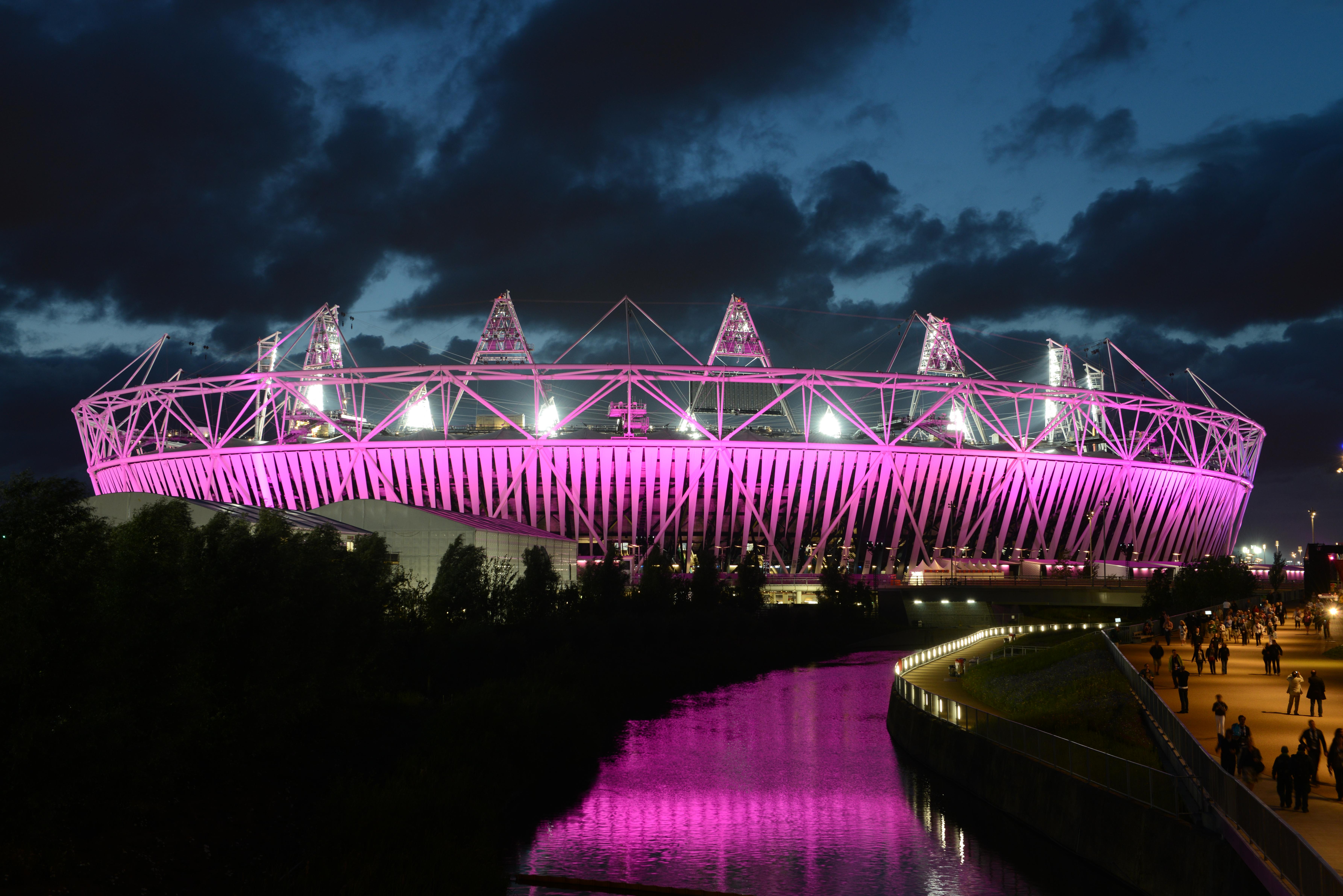
The London Olympic Stadium, built for the 2012 Games, is a symbol of urban regeneration and legacy planning. Located in Stratford, East London, the stadium played a pivotal role in transforming a once-neglected area into a vibrant community hub. The 2012 Olympics were celebrated for their inclusivity and sustainability, with the stadium's design allowing for post-Games adaptation. The London Olympics set new standards for accessibility and community engagement, with the stadium continuing to serve as a venue for sports and cultural events. It stands as a testament to the transformative power of the Olympics to revitalize cities and inspire future generations.
The Timeless Legacy of Olympic Arenas
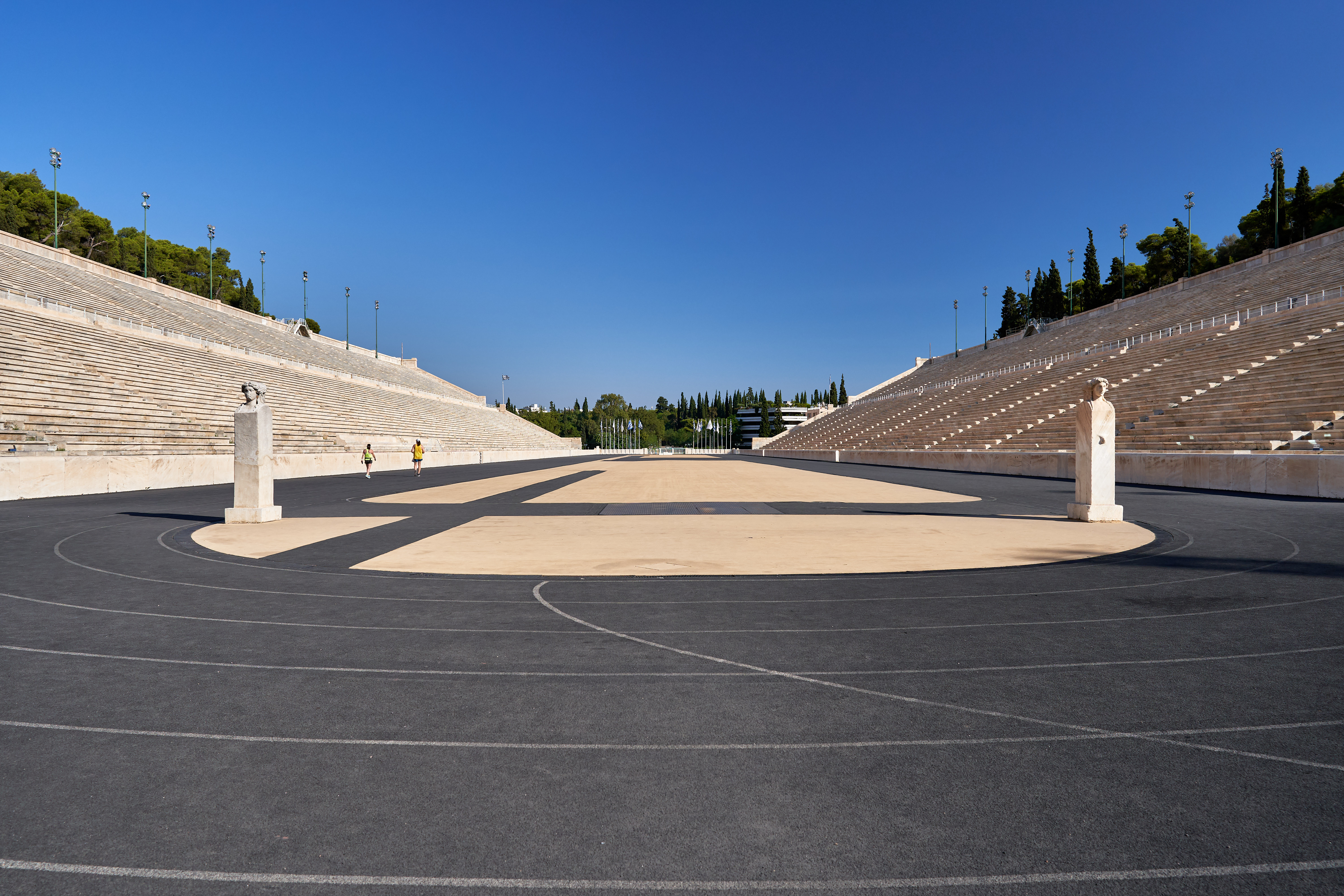
Olympic arenas are more than just venues; they are symbols of human achievement, cultural expression, and global unity. Each arena has its own story, shaped by the athletes who competed there and the historical events that unfolded within their walls. From the ancient grounds of Olympia to the modern marvels of Beijing and London, these arenas have witnessed the triumphs and tragedies of the Olympic Games, serving as reminders of the enduring power of sport to inspire and unite. As we look to the future, these legendary arenas will continue to stand as beacons of hope and aspiration, where dreams become reality and the Olympic spirit lives on.

